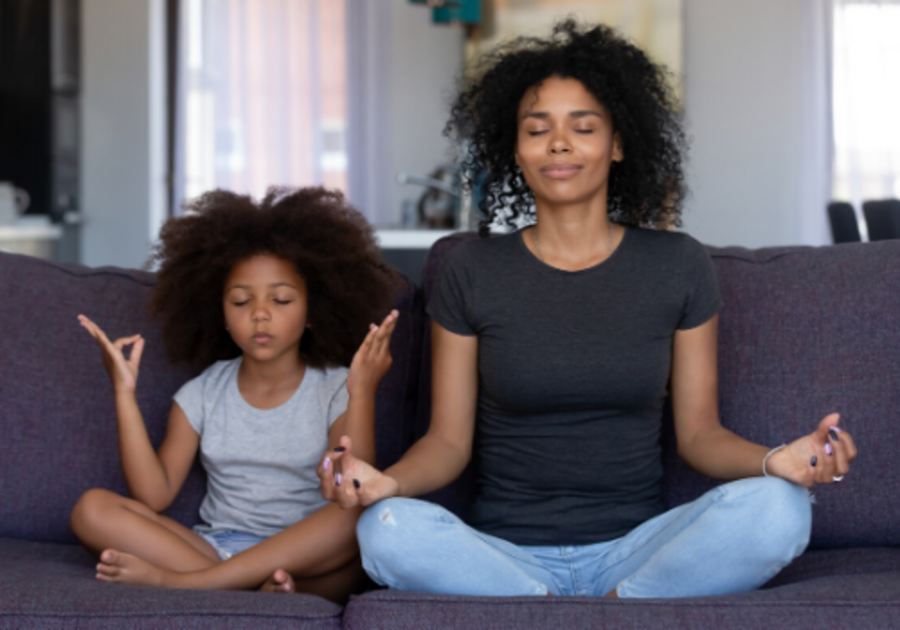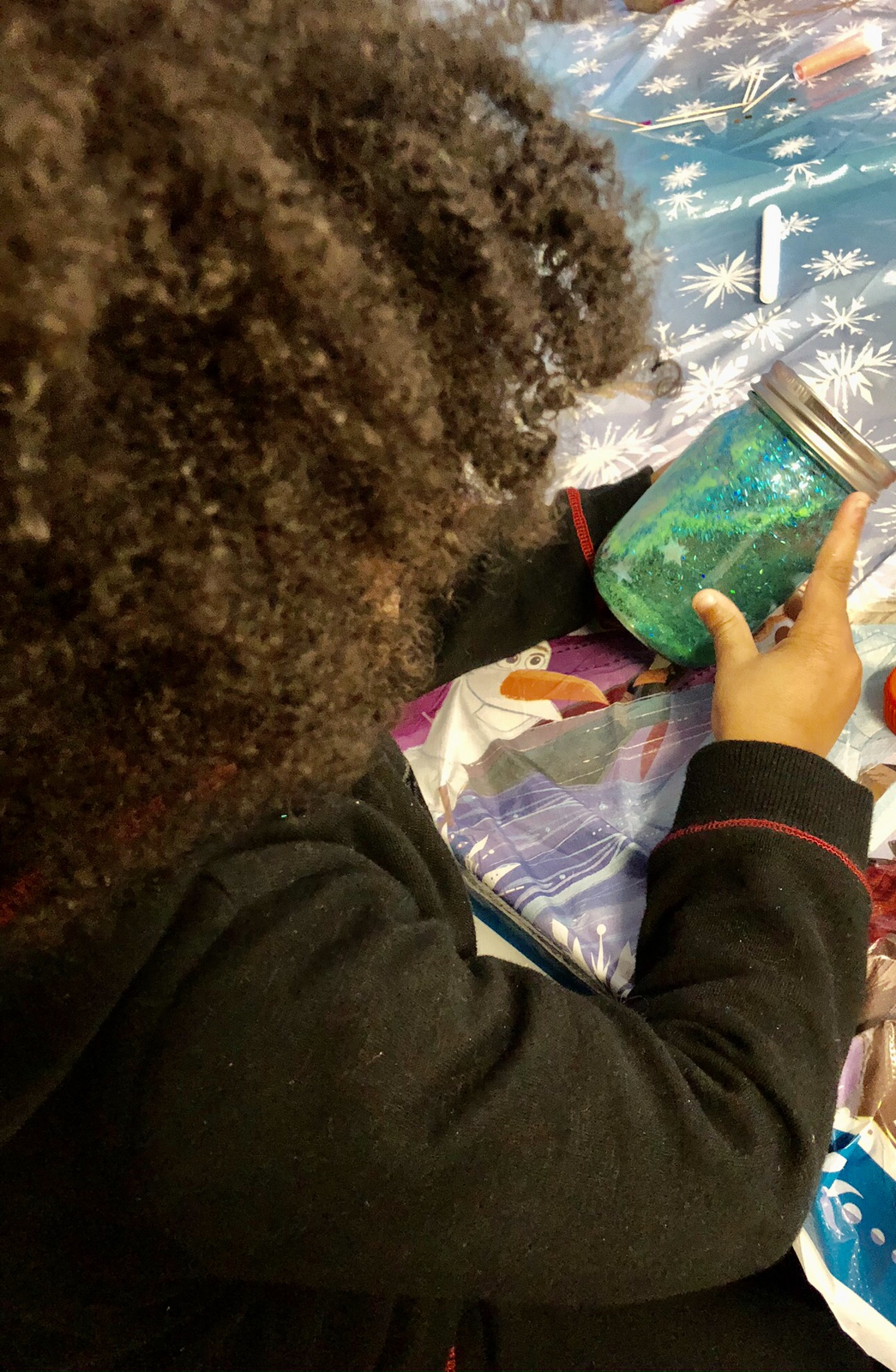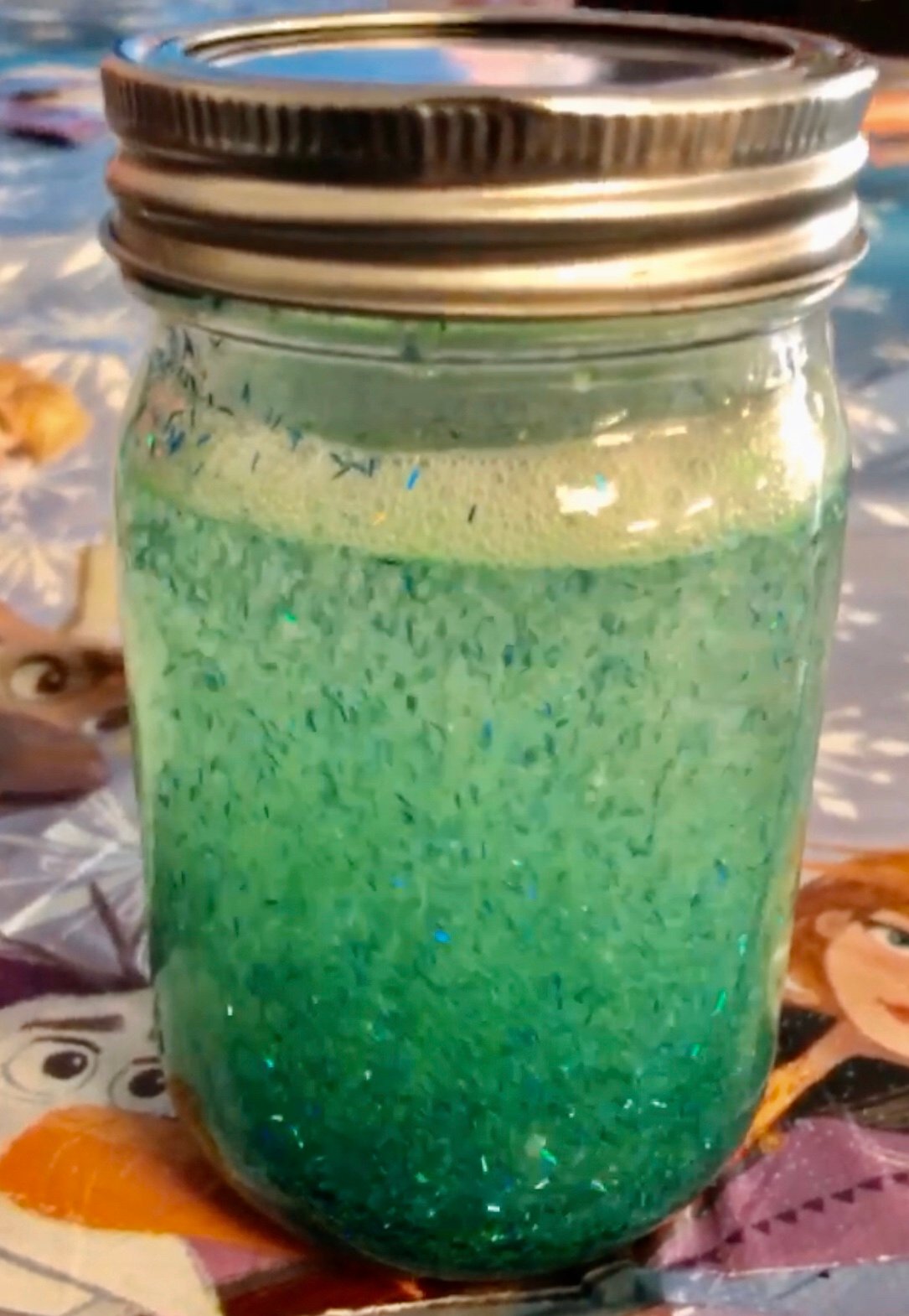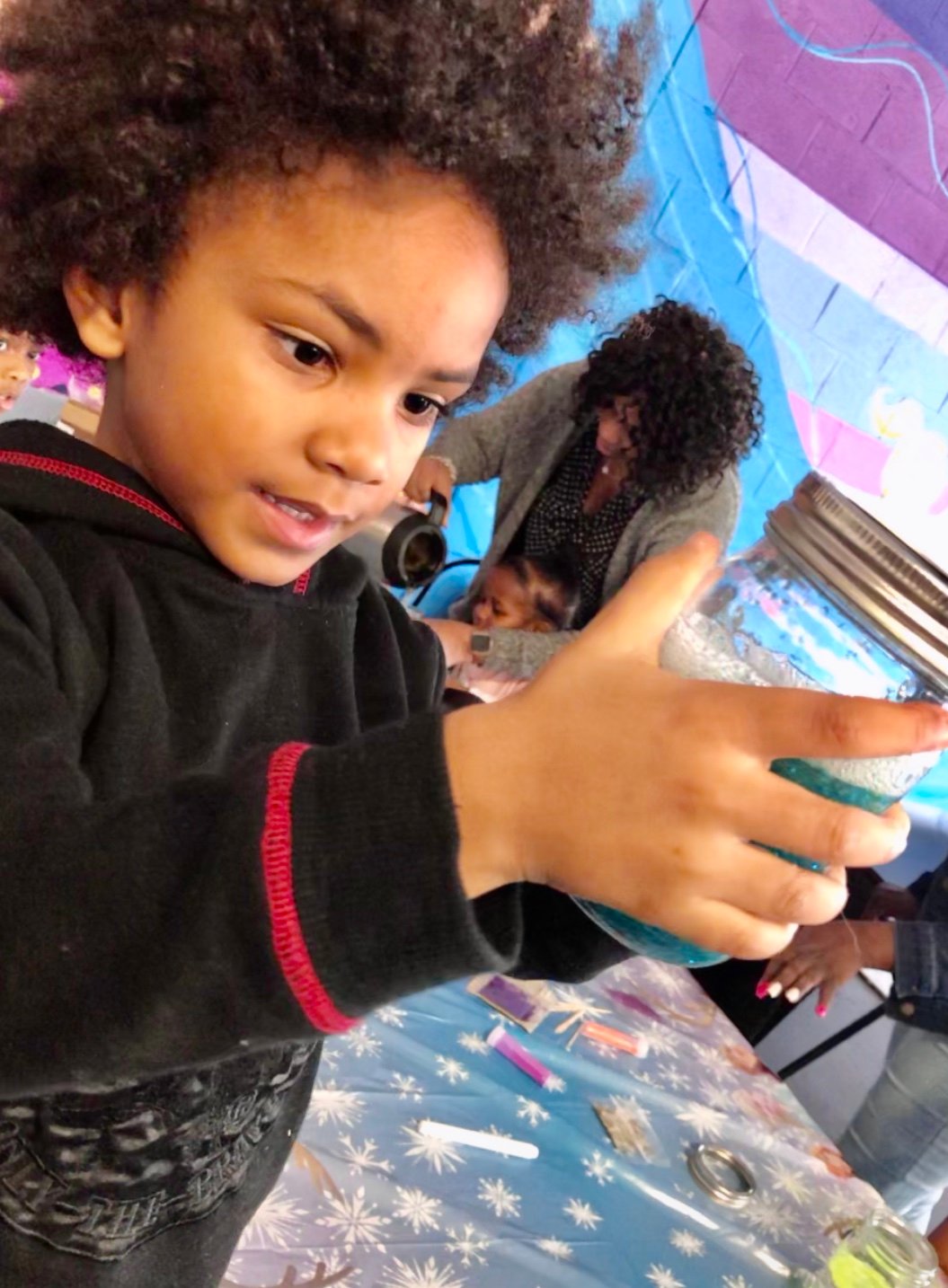When the world is filled with uncertainty, one of the most important and useful things we can do is just breathe.
Stopping for a moment to be present can help you to pull your thoughts together to realize what is right for you and your family during a time when the stresses of the world -- between the pandemic, the economic depression, and the protests -- can make you feel overwhelmed.
Mindfulness and meditation can be useful in helping you to think more clearly and be more in tune with your own needs to navigate your way through the stress and pressure you might feel. Practicing mindfulness helps us to remain practical, practice healthy habits, and better protect ourselves and our loved ones with wisdom.
Mindfulness is a mental state achieved by focusing one's awareness on the present moment. We know the effects it can have on adults, but current research proves that mindfulness is effective in helping children to calm down when they are upset, to make better decisions, and to improve their ability to focus. If you aren't already using these practices, now is a great opportunity to incorporate a mindfulness regimen into your family's schedule to help make this time a bit less daunting.
Here are six easy ways to incorporate mindfulness into your daily life now:
1. Breathe together
Simply an instruction to “pay attention to the breath” can be hard for some children to follow. Daniel Goleman describes a 2nd-grade classroom that does a “breathing buddy” exercise in this short Edutopia video. Each student grabs a plush animal and then lies down on their back with their buddy on their belly. They focus their attention on the rise and fall of the stuffed toy as they breathe in and out.
2. Relax with body scans
A body scan is a relaxation practice that allows you to lie down and become aware of the different regions of your body. In a body scan, you will call attention to every part of your body and experience how each part feels.
Here are some samples to guide you through:
3. Enjoy guided imagery
Guided imagery can have a positive impact on health, creativity, and performance. It involves all the senses and almost anyone can do this. You can invent your own imagery, or listen via YouTube, a podcast, an app, or read a written script. Either way, you and/or your child’s own imagination will sooner or later take over because even when listening to the imagery that's been created in advance, the mind will automatically substitute what's offered for what is needed. So even a recording or written script will become a launching pad for the genius of each person's unique imagination to shine through.
Kids Relaxation offers a variety of creative, free resources that you’ll love. If your kids are into superheroes, they will want to activate their “spidey-senses” over and over again.
Here are some of my family's favorites:
- The Happy Paintbrush
- The Hot Air Balloon Ride
- Sweep It Out – Spring Cleaning for your Brain
- Spider-Man: Practicing Mindfulness and Increasing Focus
4. Listen together
An easy way for children to practice mindfulness is to focus on paying attention to what they can hear. Tell your children that you will make a sound (typically using a Tibetan singing bowl, bell, chimes, etc.), and they should listen carefully until they can no longer hear the sound (usually not any longer than 30 seconds to a minute). This exercise has a calming effect and is a fun way to teach children to pay attention to their surroundings.
5. Share nature
Take a walk through your neighborhood and notice things you've never taken the opportunity to see before. Then designate one minute of the walk when you are completely silent and simply pay attention to all the sounds you can hear — birds, bees, a lawnmower, the wind, cars, or what sounds resonate with you on your path. It may not seem like “mindfulness,” but that’s what it is.
6. Create a mindful jar
A mindful jar is an engaging way to teach kids (and adults) how to calm down by focusing on the contents of the jar slowing down after they shake it. It's basically a jar filled with a substance like glitter and water, intriguing for boys and girls at any age. If kids learn mindful practices like these early, they will learn to decrease stress in their lives early and integrate mindfulness into their lives that they can use throughout their lifetime. Visit Mind In A Jar for instructions on this fun activity.
|
|
|
Most importantly, keep it simple and remember to have fun! The ultimate goal is to de-stress and spend some uninhibited quality time with those you love.
There are a plethora of resources online and in the digital library to help you find activities that work for your family. The fun is the adventure of finding out what you all like and the outcome will be awesome. As you enjoy this special time with your children, you will be helping them build empathy, manage everyday emotions, and have fun with mindfulness. On top of that, kids grow up really fast, and these special moments can, and will, be savored for years to come.
Kristen Wright Matthews is the publisher of Macaroni Kid College Park - East Point - Morrow, Ga.






